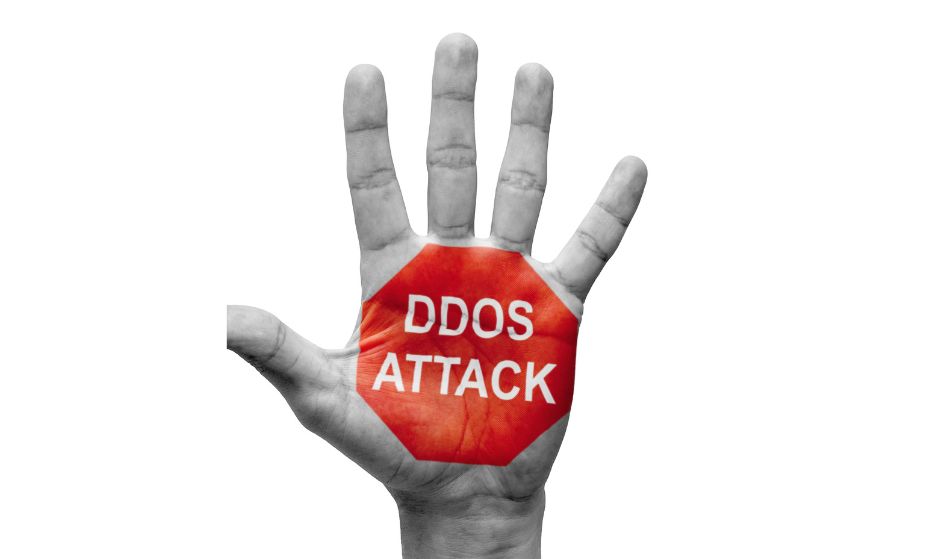DDOS attacks, or Distributed Denial of Service attacks, are a type of cyber attack that seeks to disrupt the normal functioning of a website or online service. They do this by flooding the targeted server with fake traffic from multiple sources, overwhelming the server’s resources and making it difficult or impossible for legitimate users to access the site.
DDOS attacks can be devastating for businesses, as they can result in lost revenue, damage to reputation, and even legal consequences if sensitive data is compromised. In this guide, we’ll provide you with an in-depth overview of DDOS attacks and the different measures you can take to prevent them.
Understanding DDOS Attacks
DDOS attacks are typically carried out by hackers or groups of hackers who want to take down a specific website or online service. They do this by using a network of compromised computers, known as a “botnet,” to generate fake traffic and flood the target server.
There are several types of DDOS attacks, including:
- UDP Flood: This type of attack floods the target server with UDP (User Datagram Protocol) packets, overwhelming the server and causing it to crash.
- SYN Flood: This type of attack exploits a vulnerability in the TCP (Transmission Control Protocol) to overwhelm the target server with requests.
- HTTP Flood: This type of attack floods the target server with HTTP (Hypertext Transfer Protocol) requests, overwhelming the server and causing it to crash.
Preventing DDOS Attacks
There are several measures you can take to prevent DDOS attacks:
- Use a DDOS protection service: One of the most effective ways to prevent DDOS attacks is to use a DDOS protection service. These services use advanced technology to filter out the fake traffic generated by DDOS attacks, allowing legitimate users to access your site.
- Implement network firewalls: Network firewalls can help to block DDOS attacks by filtering incoming traffic and only allowing legitimate traffic to pass through.
- Use content delivery networks (CDNs): CDNs distribute your website’s content across multiple servers, which can help to absorb the impact of a DDOS attack.
- Monitor your network: Regularly monitoring your network can help you to detect DDOS attacks early on and take action to mitigate the damage.
- Have a response plan in place: It’s important to have a plan in place for how to respond to a DDOS attack. This should include measures such as redirecting traffic to a backup server, implementing rate limiting, and contacting your DDOS protection service or hosting provider for assistance.
Conclusion
DDOS attacks can have serious consequences for businesses, but there are steps you can take to prevent them. By using a DDOS protection service, implementing network firewalls, utilizing CDNs, monitoring your network, and having a response plan in place, you can significantly reduce the risk of a DDOS attack affecting your business.
Atalnetworks offers high-performance dedicated servers with advanced DDOS protection to ensure the smooth and continuous operation of your online platform. Our team of experts is always available to assist you in implementing the necessary measures to protect your dedicated server from DDOS attacks. Choose Atalnetworks for peace of mind and reliable hosting services.



